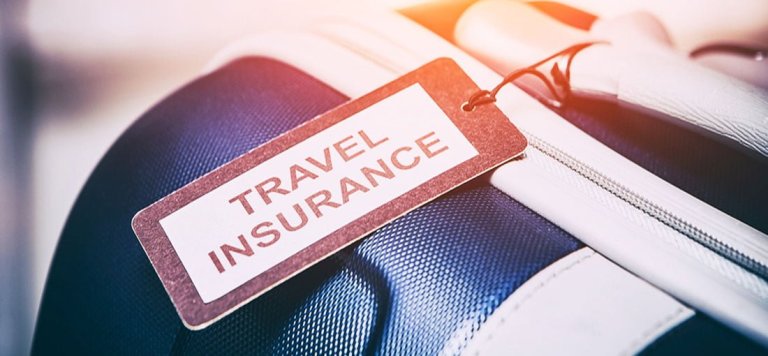Travel Insurance Cover: What Is Usually Covered?

Travel Insurance Cover: Our previous blog post, which we wrote a few weeks ago, dealt with the cost of travel insurance and everything associated with it. If you missed it, you can read it here – Cost of Travel Insurance
Today, the main focus of our research is what does Travel insurance cover and how can you comprehend its benefits.
Let’s take a quick look at what travel insurance is and how it is defined.
What Is Travel Insurance?
Travel insurance is intended to protect you from events that may occur during your trip, including risks and losses.
A passenger might be at risk of minor inconveniences, such as missing airline connections and having luggage delayed, all the way up to more serious problems, such as sustaining an injury or contracting an illness.
What Is Usually Covered By Travel Insurance?
In many cases, you can get travel insurance that will cover a wide range of potential damages and losses, depending on the coverage you choose:
Injury or sickness
The benefit of travel insurance is its ability to help you avoid medical costs abroad that are not covered by your usual health insurance carrier.
It is important to note that in many countries, health insurance policies do not provide coverage at all, including Medicare.
Hence, travel insurance provides coverage for medical expenses in addition to everyday health insurance in the event of an illness or injury during the trip.
Lost luggage
In the event of a stolen or loss of luggage, travel insurance can help cover the cost of the loss.
When your bags are lost by an airline, this is especially useful since getting them to compensate you for lost luggage is often tough.
Airlines are required in the United States to compensate fliers for lost baggage up to $3,300 under rules established by the Department of Transportation (DOT).
The maximum amount that can be claimed in foreign countries is $1,750.
However, in order to collect these maximum amounts, passengers must provide receipts that prove the value of their lost bags and their contents.
The claim must also be submitted within 21 days, according to some airlines.
Cancellations at the last minute
In the event that you have to cancel a trip, travel insurance can assist you in covering the cost of your trip.
However, if you cancel your reservation, you won’t receive a full refund from most resorts or cruise lines.
Resorts and cruise lines will usually charge a cancellation fee or give you a partial refund or credit if you cancel more than two weeks before your cruise.
With most companies, you won’t receive a refund if you cancel within two weeks of your trip.
Coverage that goes beyond your credit card
Generally, some credit cards come with limited coverage, such as annual limits that may restrict cancellations and interruptions.
Despite this, only a very small number of credit cards cover the most expensive risks when traveling:
It includes the cost of medical treatment and evacuation in case of an emergency.
What Your Travel Insurance May Not Be Able To Cover?
Travel insurance is beneficial in many ways, but there are some things it may not cover.
When you have a medical condition that requires a preexisting condition waiver, consider a plan that offers this benefit.
If you are planning on visiting an area that has been subjected to political unrest, make sure you learn what kind of coverage a policy provides in case you need to cancel.
Certain types of travel insurance policies provide protection in case of financial discrepancies on the part of tour operators.
Be sure to check the policy’s terms and conditions prior to making your reservation.
How Much Does Travel Insurance Cost?
There are a number of factors that determine the cost of travel insurance, including the price of the trip and the age of the traveler.
An insurance policy for a 35-year-old might add 3% to 5% to the cost of a trip, and a policy for a 60-year-old could add around 10%.


